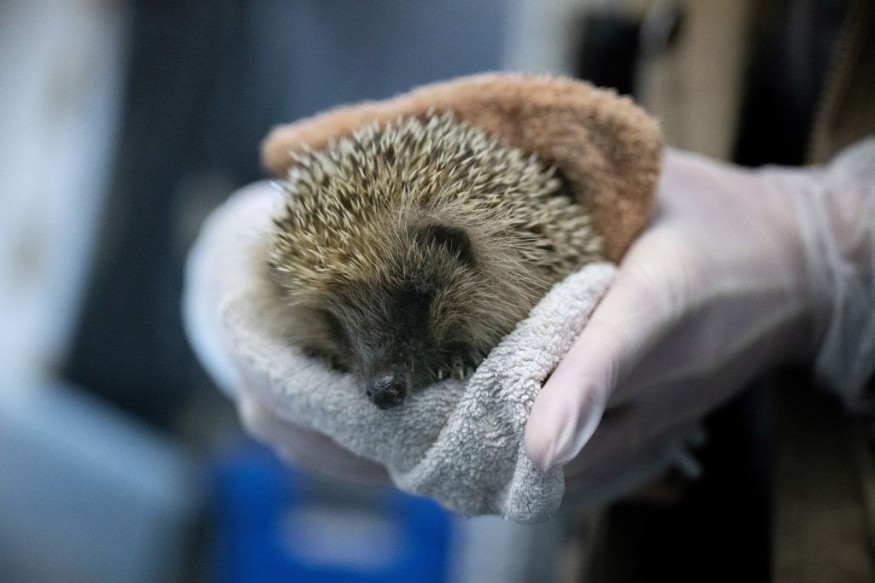
Five new species of soft-furred hedgehogs from Southeast Asia have been identified by scientists.
Two of the new species are completely unknown to science, while three have been promoted from subspecies status by researchers who used DNA analysis as well as thorough physical observations of the creatures.
Species Of Hedgehogs
A study published in the Zoological Journal of the Linnean Society said there are seven known species of hedgehogs compared to the previously two.
During the study, researchers collected 232 physical specimens for observation and 85 tissue samples for genetic investigation from the field as well as from 14 natural history collections in Asia, Europe, and the United States.
Some of the samples were collected from field studies, which can be problematic for small mammals.
The two new species names are H. macarong, after a Vietnamese term for vampire, due to the male's long, fang-like incisors, and H. vorax, after a description of its behavior from mammalogist Frederick Ulmer.
The three sub-species that were elevated are called H. dorsalis, H. maxi and H. peguensis.
The researchers collected enough genetic material from the three additional species to show that they were biologically separate.
Soft-furred hedgehogs are small mammals in the hedgehog family with a long, sharp snout that is hairy rather than spiny. Scientists describe their look as a cross between a mouse and a shrew with a short tail.
Dr. Melissa Hawkins of the Smithsonian National Museum of Natural History (SMNH), one of the lead researchers, said the discovery demonstrated the "amazing" diversity of life on our planet that has yet to be uncovered.
"We think we know about the natural world but even groups like mammals - especially the little things that live in difficult-to-reach habitats - we really don't know much at all," she added.
Read Also : Hedgehog Population Declining in UK: Conservationists Call On Homeowners For Help [VIDEO AND PHOTOS]
Help Conservation, Protect Biodiversity
The study's lead author, Dr. Arlo Hinckley, a Margarita Salas postdoctoral researcher at the Smithsonian National Museum of Natural History and the University of Seville, said the findings could help governments and other organizations prioritize conservation funds to protect biodiversity.
"It might be surprising for people to hear that there are still undiscovered mammals out there. But there is a lot we don't know - especially the smaller nocturnal animals that can be difficult to tell apart from one another," he added.
Researchers are unsure how many species remain to be discovered, adding that for mammals, there are around 6,500 currently described species.
According to a 2018 study, "7,342 mammalian species will be recognized by 2050 and 8,590 by 2100."
Experts underscored that identifying new species can help conservationists safeguard habitats as well as discover the sources of new diseases that could threaten humans.
Dr. Hinckley compared discovering animals that are the result of millions of years of evolution and are unique to one area of tropical forest to the inclusion of a Picasso in an art exhibition or the discovery of an ancient site in a metropolis.
Related Article : Mysterious Evolution of Shark Penis: Blame Sonic the Hedgehog?!
© 2025 NatureWorldNews.com All rights reserved. Do not reproduce without permission.





